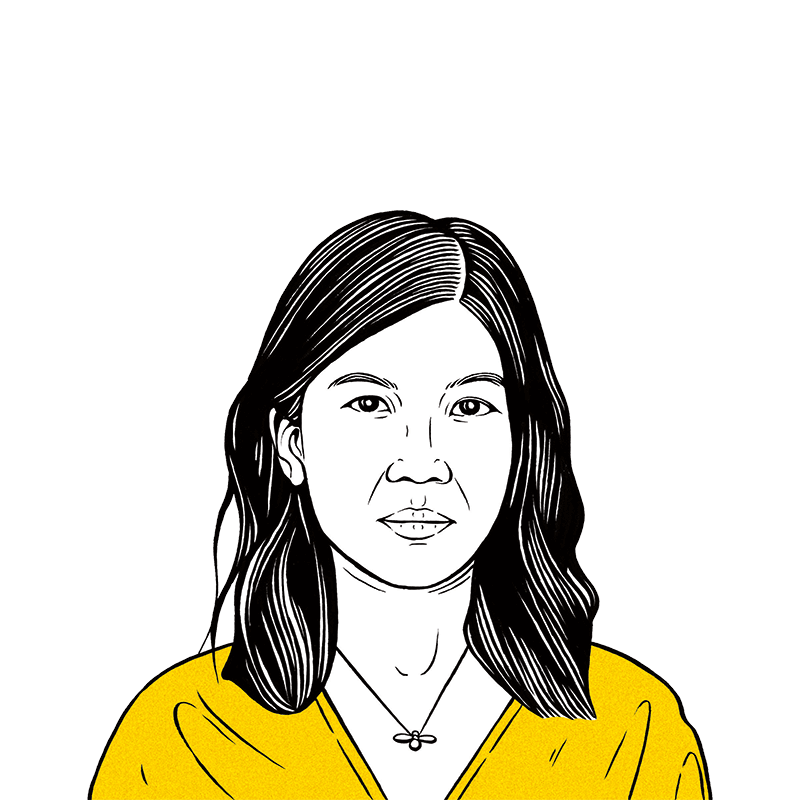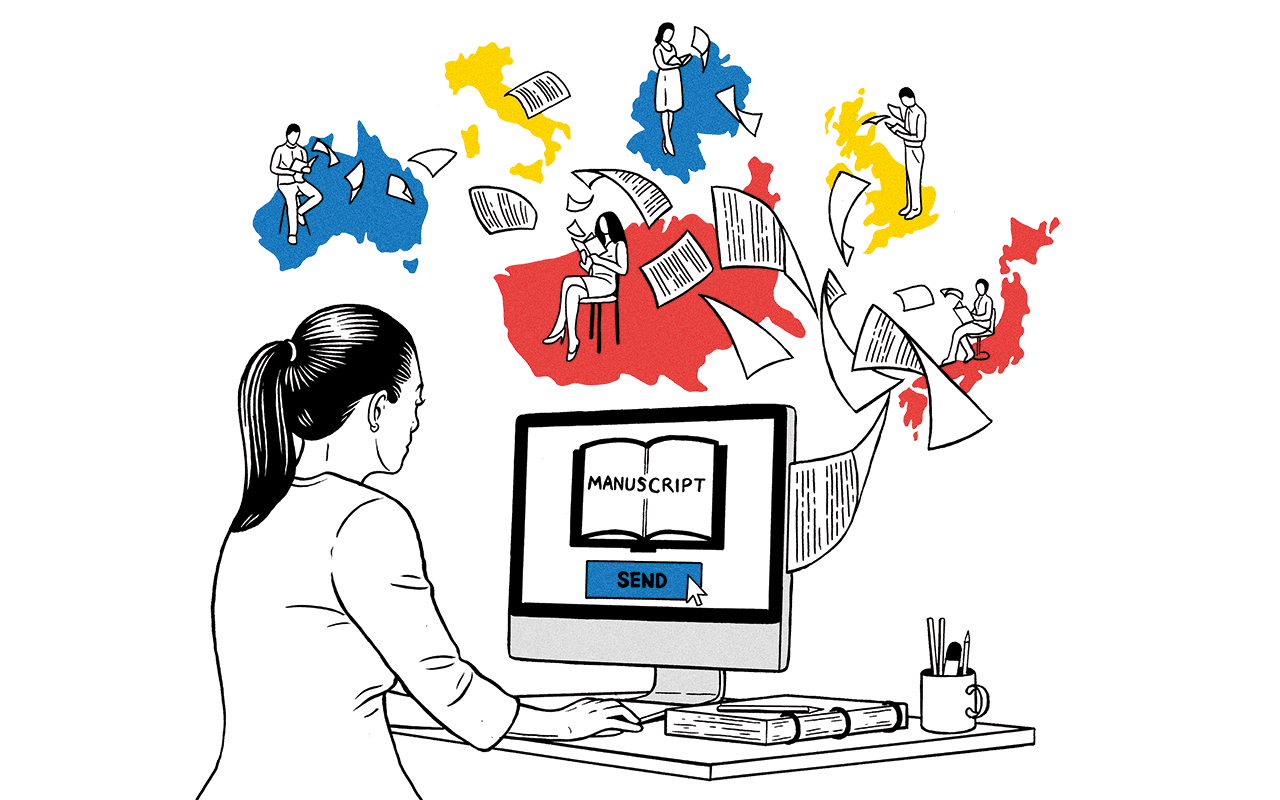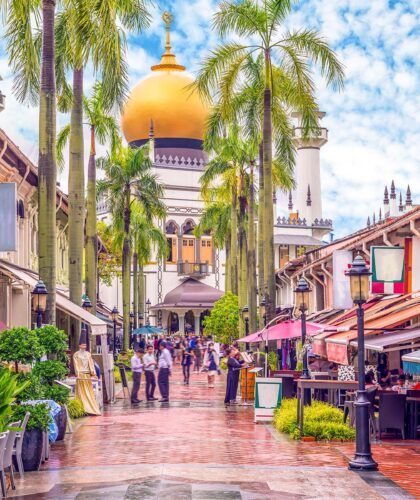
I was the kind of child whose most dreaded parental punishment was not the confiscation of toys or sweets, but of my dog-eared copies of Enid Blyton adventure novels. In hindsight, it may seem obvious that I would eventually become a writer myself, yet, growing up, this thought never once occurred to me.
Part of it was adults telling me that since I loved reading, I should be a lawyer. The other part of it, however, was that I didn’t really know that Singaporean writers existed. I was familiar with the works of Catherine Lim, Alfian Sa’at and Edwin Thumboo, but little more. After all, this was the 1990s, when Singaporean literature wasn’t taught in schools. There was scant media coverage on it and the internet was still several years away.
“Singapore’s literary culture is alive and well, nourished by grassroots efforts… and independent publishers”
Fast forward to today and the same cannot be said to be true. Writers with strong links to Singapore have been making waves at home and abroad, from Sharlene Teo’s coming-of-age novel Ponti, which won the £10,000 Deborah Rogers Writers’ Award judged by British novelist Ian McEwan; to Sonny Liew’s triple Eisner Award-winning, New York Times-bestselling graphic novel, The Art of Charlie Chan Hock Chye; to Kevin Kwan’s Crazy Rich Asians, which has just been made into a Hollywood film.

Meanwhile, speculative fiction writers JY Yang and Vina Jie-Min Prasad were named finalists for the recent Nebula and Hugo Awards, two of the most prestigious accolades in the science fiction and fantasy genres.
Part of this recent boom in Singaporean writing can be attributed to globalisation and growing accessibility. These days, one can easily submit a manuscript to a literary agent in New York or London with the mere click of a button.
SEE ALSO: Opinion: Why sustainable bartending is here to stay
This article was originally published in the August 2018 issue of SilverKris magazine.






